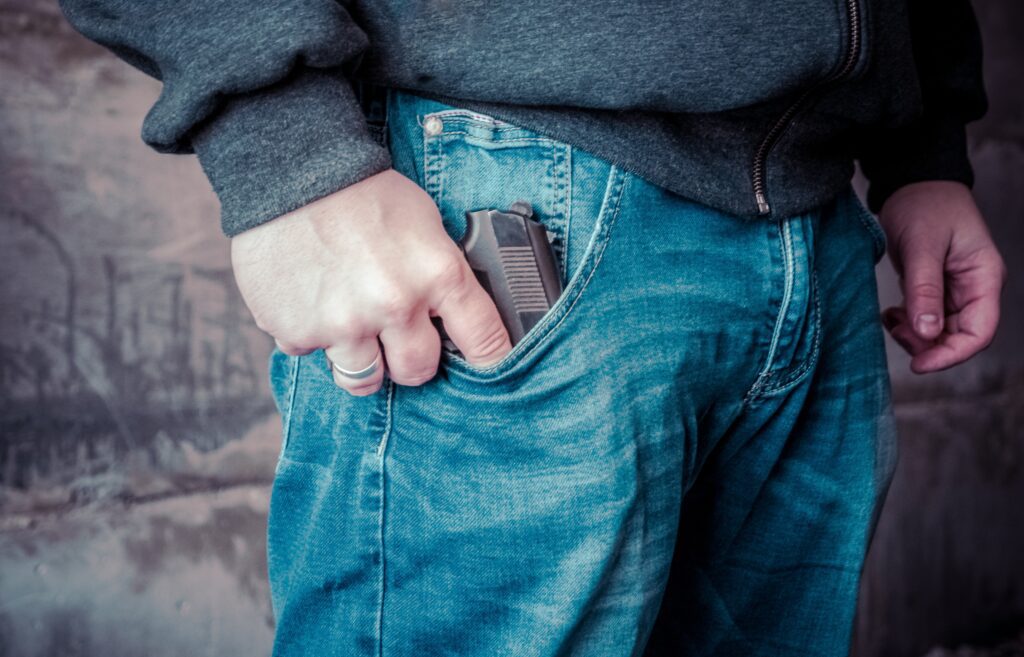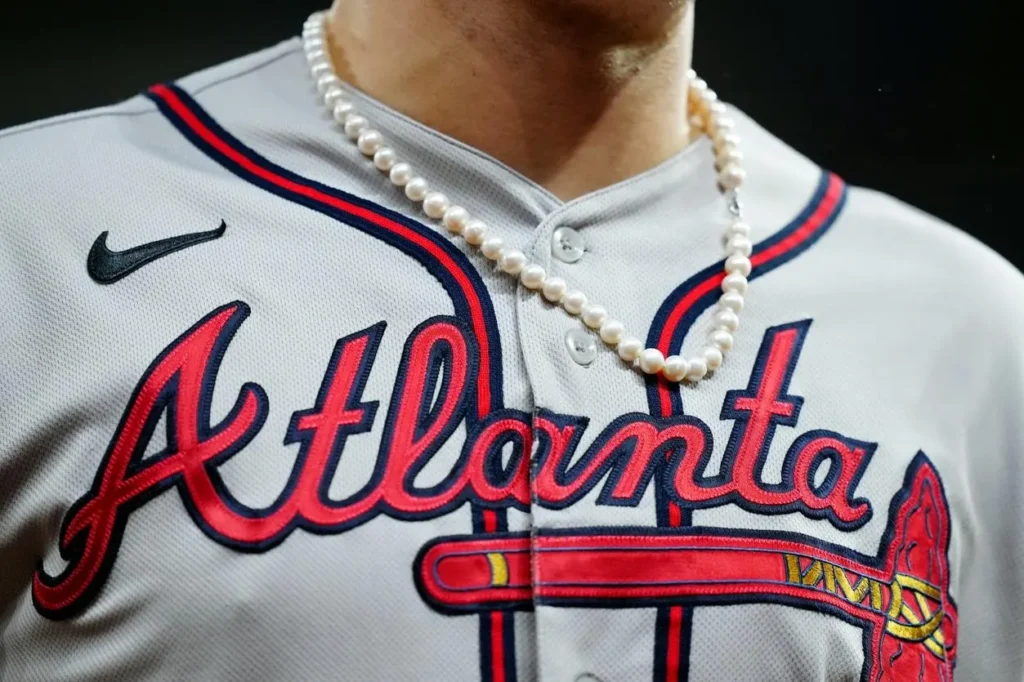The Super Bowl Half Time Phenomenon – Why Artists Perform Free

The NFL gets an outstanding artist to perform for free and in return, the artist gets multiple opportunities to grow
Millions of people tune in year after year to see the spectacular halftime performance of the Super Bowl.
Performers during the Super Bowl have included some of the most renowned names in music:
The Rolling Stones, Beyoncé, Prince, Michael Jackson, Bruce Springsteen, Justin Timberlake, Rihanna, Justin Timberlake and many, many more.
But none of these artists were paid (or next to nothing)
- Although the NFL pays for the performers’ travel expenses, per league regulation, they do not get payment for their work on the halftime show.
- Forbes reports that artists earn a meagre $1,000 a day on a union scale. Many performers still aspire to perform at the Super Bowl halftime performance. They see it as a chance to play music for a passionate audience and showcase their talents to millions of people.
The NFL’s long-standing policy may sound unjust, but there’s a bright side: artists may have a breakthrough at the Super Bowl halftime show.
Financials
- In exchange for sponsoring the Super Bowl halftime show, Apple Music pays the NFL $50 million per year.
- Nearly fifteen million dollars is the production budget that artists get. Even for a little thirteen-minute piece, production costs may skyrocket. Approximately $13 million was supposedly spent by the NFL on the 2020 performance by Shakira and Jennifer Lopez.
- Set designers, security guards, dancers, and marketers are all part of the 2,000 to 3,000 part-time employees that this budget supports.
- Some performers wind up shelling out millions of dollars for the show. Super Bowl 55 cost The Weeknd $7 million of his own money, and Dr. Dre allegedly paid almost the same amount in 2022.
Why Do They Do It?
- In this case, exposure
- Over 115 million people tune in to watch the Super Bowl.
- Companies will shell out $7 million to air 30-second ads throughout the game.
- At the NFL’s biggest game, a global superstar performs gratis in exchange for a 13-minute commercial that almost 115,000 people see.
- That is worth more than the money he gets for performing.

Evidence
- Sales of Justin Timberlake’s albums increased by 534% after Super Bowl 52.
- After her 2017 performance, Lady Gaga’s digital catalogue sales increased by a factor of 1,000.
- After their 2019 performance, Maroon 5 saw record sales increase of 488%.
- After her 2015 performance, Missy Elliott’s career took off 282%.
- It was a 164% increase for Bruno Mars in 2014.
- In 2013, Beyoncé’s and Destiny’s Child’s internet sales skyrocketed by 231% and 600%, respectively.
- Once Super Bowl 53 was over, Travis Scott’s performance fee went from half a million dollars to one million.
- The 54th Super Bowl brought an additional 3 million Instagram followers to Jennifer Lopez and Shakira.
- Rihanna’s figures were staggering:
- Three million Instagram followers
- Seventeen tracks in Spotify’s Top 40
- Ranked number one artist worldwide for streaming
- A whopping 833% increase in Fenty Beauty searches!
- Her total U.S. Spotify streams surged by a whopping 640% in the hour after the game’s conclusion.
- With better streaming performance come higher places in the charts, more exposure across playlists, and—most importantly—a plethora of royalties paid out over time.
- Approximately seventy million people listen to Rihanna’s music every month on Spotify. Approximated monthly royalties from Spotify would be $856,000 at the currently recognised streaming royalty rates; when added together over the year, that’s more than $10 million in passive royalties from Spotify alone.
- The fact that 118 million people watched Rihanna’s performance, compared to an average of 115 million for the game, is even more bizarre.
Halftime performances typically last between twelve and fifteen minutes, and if the exposure is valued at the same rate as commercial time, the artists get between 24 – 30 million dollars.
Record sales aren’t the exclusive way to evaluate a performance’s worth. In addition to the measurable and intangible marketing advantages, there are a plethora of other opportunities, such as further broadcast appearances and the acquisition of millions of new social media followers.
The exposure from the Super Bowl may generate a significant amount of money, even if the NFL doesn’t pay you, since streaming accounts for approximately 90% of music sales in this digital age. Here we have yet another case of the merging of the worlds of music, media, and athletics.
The Economics
- The NFL and musicians have struck a unique deal, but one thing is certain: it’s a win-win for all parties.
- There has been no unfair trade since the NFL is not paying performers. The very existence of the trade disproves the claim.
- Economics is a very contentious field, yet there is consensus amongst economists on one basic principle: everyone wins when people voluntarily trade goods and services.
Possible in India?
Cricket is a religion in India, and given the scale at which the IPL has grown, there is a huge potential for the break between innings to have a Super Bowl like impact.



